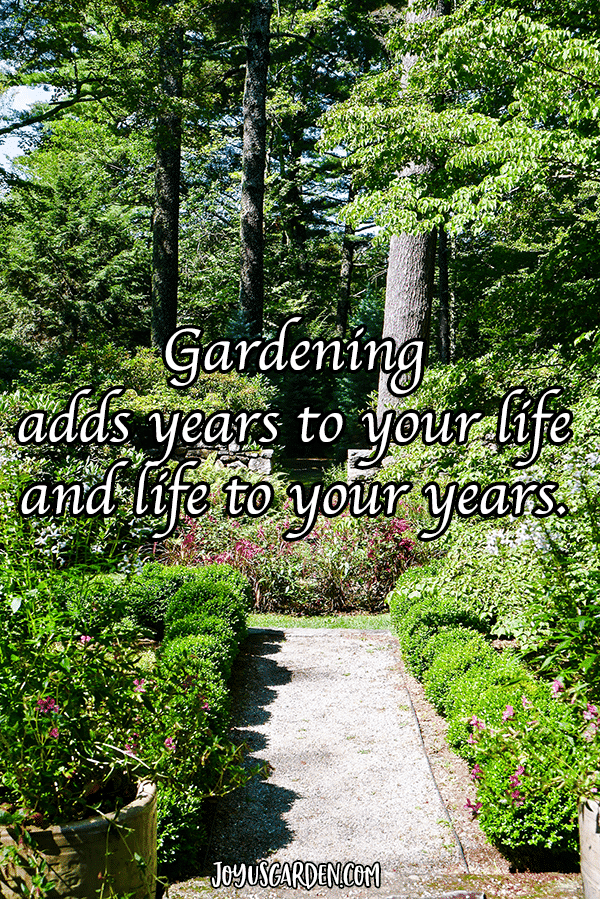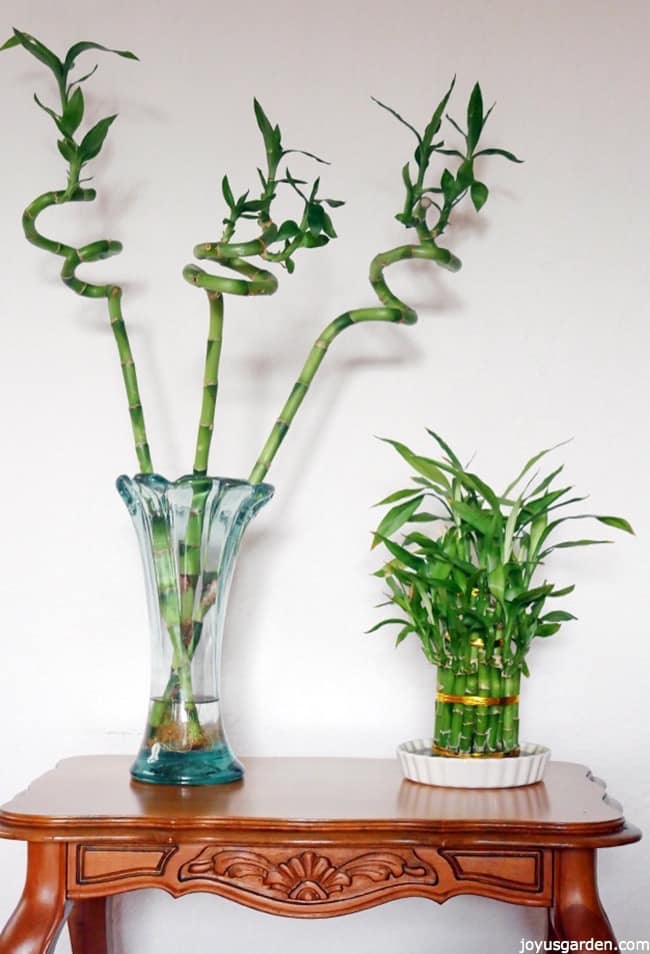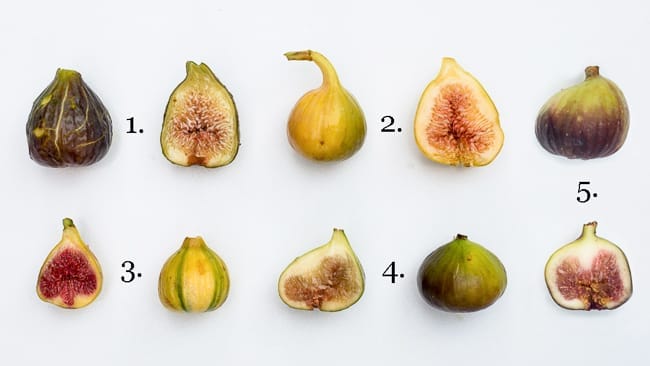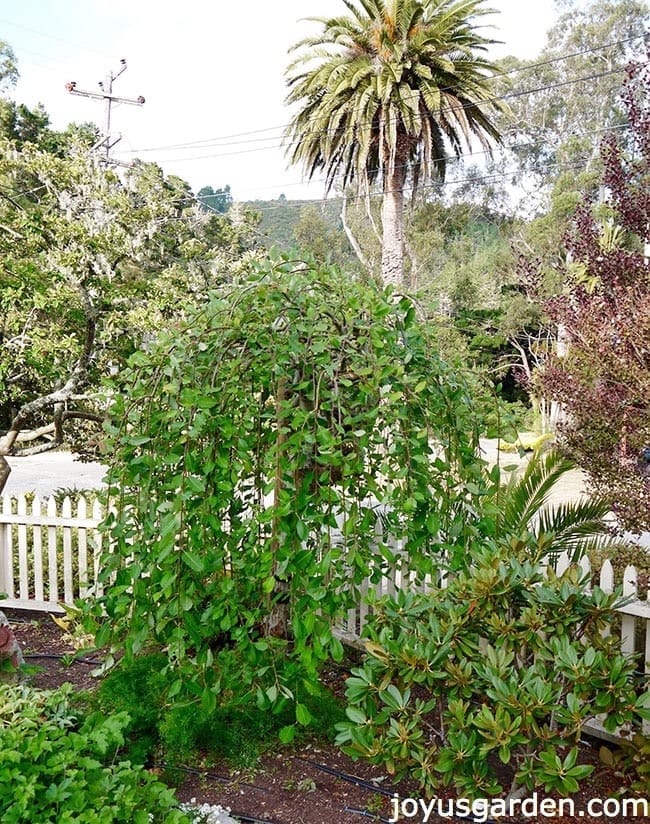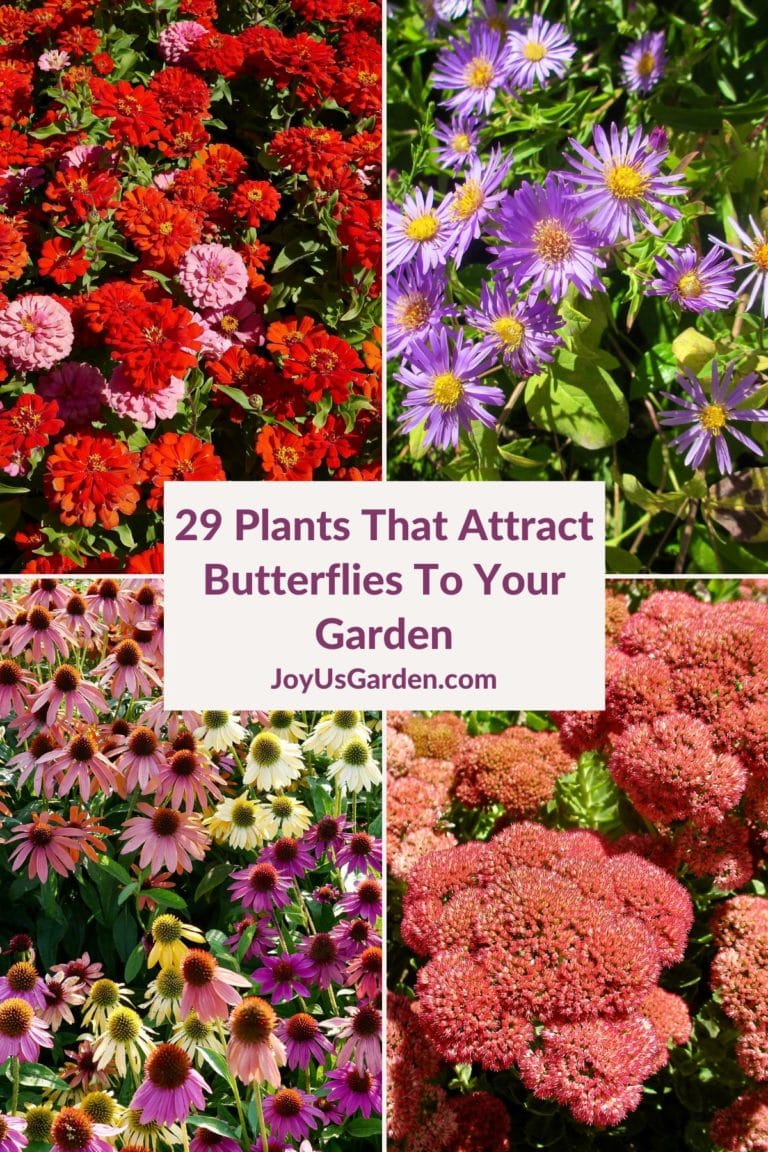How to Grow Your Own Organic Food Indoors
There are a lot of reasons you may want to grow your food indoors. Sometimes it is the winter, or you are a city dweller and wish to keep your family supplied with fresh vegetables all year round. Either way, success in indoor gardening comes down to how properly prepared you are to take care of it. Here are a few tips to guide you along the way on how to grow your own organic food indoors:
Decide on Space
The size of plants you want to grow will determine how much space you require. An indoor garden can be as small as you want it to be. If you are growing tomatoes, for instance, a window sill or a few shelves are all you need.
Adequate Light
Your plants will require sufficient light to survive. In case you are using a grow tent, invest in the proper kind of grow lights so that the plants can get the same kind of lighting that they would have from the sun. Put the light as close to the plant as possible.
Install a Temperature Controller
Plants need the right temperature to survive. Vegetables do best at temperatures of 65 to 75 degrees for about 14 hours daily. Talk to a specialist about a suitable day or night thermostat to ensure temperatures are properly maintained in your garden.
Maintain the Proper Levels of Humidity
A lack of the proper amount of humidity in your house will result to weak plants. There are a lot of ways to ensure there is sufficient humidity in your plants, for instance growing the plants close together to create a microenvironment. Having a humidifier or installing an environment controller to humidify or dehumidify as required can also help.
Invest in the Proper Medium
A lot of farmers use soil found outside to grow their plants. However, this soil may be inappropriate for your plants due to the weeds usually contained in it. Use a medium that can hold water and nutrients and drains well.
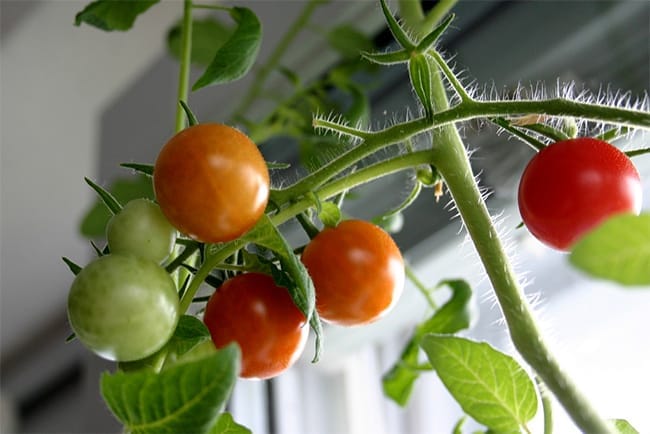
Try out Hydroponics
Hydroponics as a medium for growing indoor plants is becoming increasingly popular for farmers. Instead of being restricted to soil, how about trying to invest in hydroponics and make the nutrients readily available to plants? The benefits of hydroponics are that your plants grow in a disease-free environment, and since they have adequate water and nutrients, their growth is accelerated by up to 50 percent.
Pick Suitable Plants
Indoor farming offers a lot of options when it comes to the variety of plants you want to grow. Almost anything can be grown indoors provided that there is sufficient room. To make it easy to manage your garden, choose plants that have similar needs in terms of light, water, and nutrients.
Allow for Acclimatization
In case you are moving plants indoors, you will need to allow for acclimatization as plants adjust to the new conditions. Try to create an environment that has conditions as close to those outside as possible. Once they are adapted to the new conditions, they should thrive in the same manner they would have while outdoors.
Proper Maintenance
Indoor plants, especially when grown in pots, tend to dry faster than those outside due to the limited levels of nutrients and humidity. Ensure you constantly check that your plants have the proper water levels and are growing at the right temperatures. When required, have a specialist inspect your plants for any signs of pest infestations or other requirements.
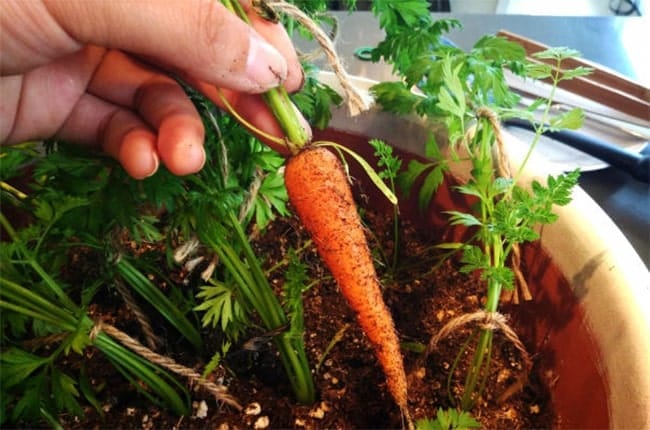
Supply Appropriate Nutrients
Plants that are grown indoors require extra support when it comes to nutrients since they quickly take up minerals supplied. There are a lot of organic fertilizers available in the market. Alternatively, use compost manure to supply your plants with the required nourishment.
Regular Treatment
Your plants will require regular treatment for diseases and pests that may attack them. Ensure you use the correct preventive measures to prevent any attacks. In case you notice any attack, consult a specialist for directions on the best course of action to take.
An indoor garden can be a source of joy when properly planned and maintained. Whether you decide to grow vegetables, flowers or bigger plants, knowing how to supply the required essentials to your plants and maintaining the proper environment are a sure way to succeed. With the tips above, you can boost your efforts.
 Author bio
Author bio
Shary Saunders is a blogger at sharycherry.com. Gardening and landscaping have been her passion for years. You can find Shary on Twitter at @SharySaunders
You May Also Enjoy:
Roses We Love For Container Gardening
Ponytail Palm Care Outdoors: Answering Questions
The Best Tips For Growing Your Own Balcony Garden
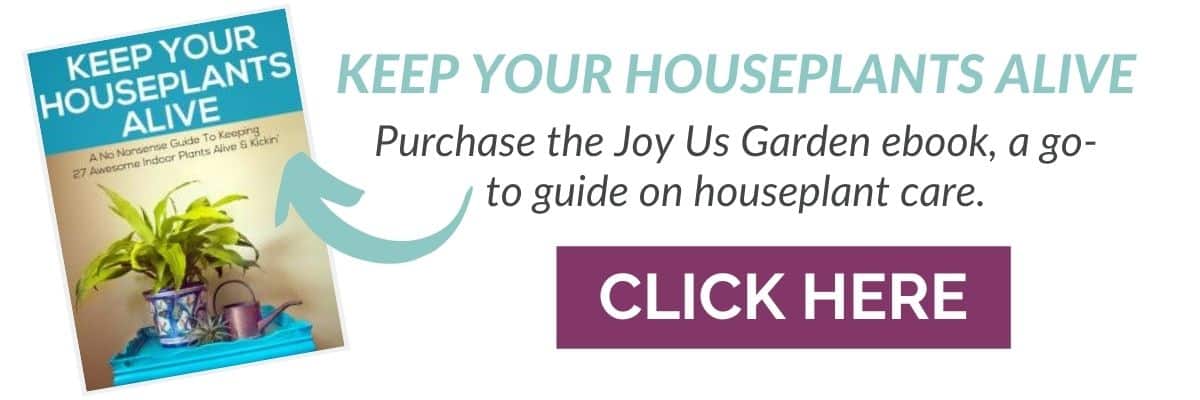
This post may contain affiliate links, you can read our policies here.
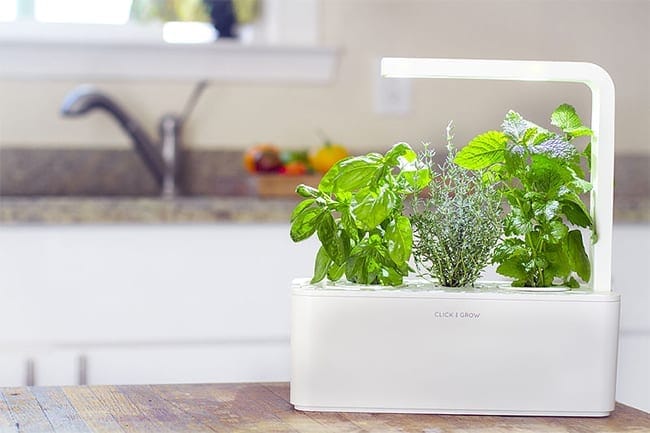
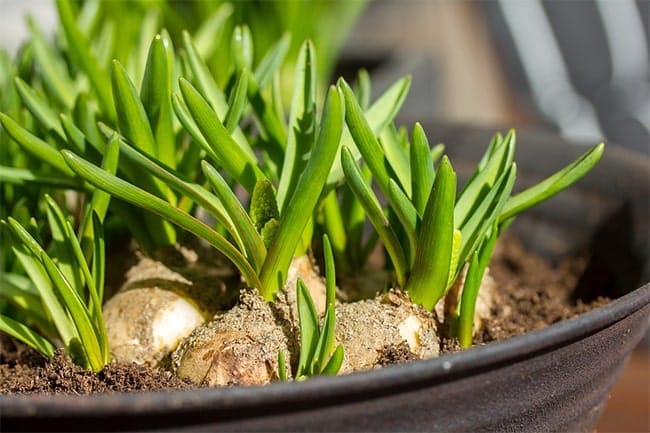
 Author bio
Author bio